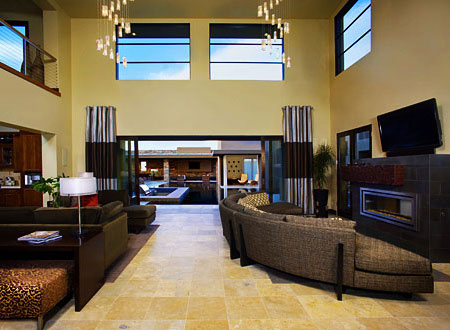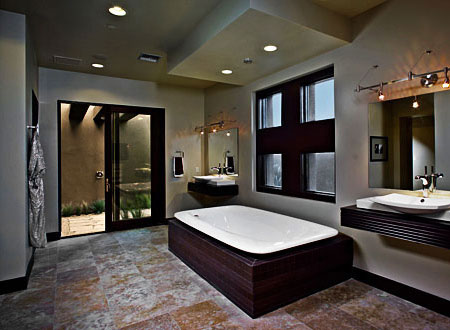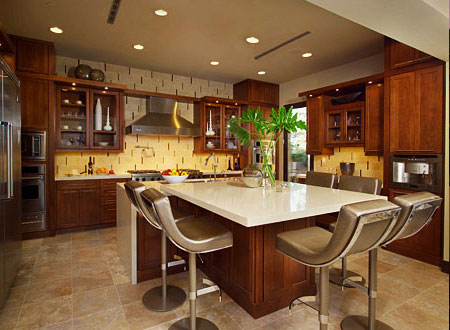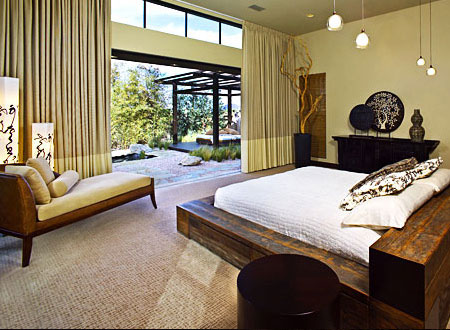Green building ideas
Cutting-edge energy efficiency and stunning contemporary design are the keywords for a home that is elegant, functional, and efficient, and green - the home scored at the gold level under the US National Green Building Program. Is this the home design that we, in South Africa, can look forward to in the near future?
Recently South Africa started to focus on incorporating green technology into residential buildings, and awareness around the benefits of green building has increased - especially in light of the rising electricity costs among others. "However, we are still far behind the trend when it comes to green buildings and homeowners often find it an expensive outlay to incorporate green technology," says Adrian Goslett, CEO of RE/MAX SA.
The Green Building Council of South Africa is currently piloting a rating tool for multi-unit residential buildings to give them an official 'green' certification both for the design and then again after completion. "The hope is that this kind of tool will soon be available for freestanding residential homes and not only developments and complexes," says Goslett.
Built to be the most energy-efficient home in the American New Home category, builders, architects, engineers - anybody with an interest in housing construction will be fascinated by the natural gas-powered heating and cooling system, the photovoltaic cells and the solar water heating. Even the insulation in this home is exciting.
In fact, the whole package of energy-efficiency products work together to make this a near-zero-energy home. Tremendous effort has gone into the details of this home, including design aspects related to:
- Site development;
- Resource, energy and water efficiency;
- Indoor air quality; and
- Operation, maintenance, and homeowner education.
The home was sited to optimize solar resources and incorporates landscape design that helps limit water and energy demand.
The development avoided environmentally sensitive areas. Soil erosion and disturbance was kept to a minimum with storm water pollution prevention plans and continued on-site monitoring and implementation of best management practices.
To minimize the quantity of materials used and reduce waste, the builder employed advanced framing techniques including pre-manufactured trusses and floor systems, and used building materials that don't require additional on-site finish resources.
Manufacturers and suppliers were selected that could provide recycled building materials, or new materials manufactured from renewable resources or requiring fewer resources to produce than traditional products.
The home benefits from a comprehensive design approach to achieve extraordinary energy efficiency. A proprietary gas-powered heating and cooling system with a SEER rating of 18 combined with other energy-efficient features such as low-E windows, advanced insulation, vertical and horizontal solar overhangs and window louvers enabled the home to achieve a Five Star-Plus HERS rating of 57. This is before factoring the installation of a 10.64kw photovoltaic solar panel system striving for a net-zero level of electrical consumption.
Insulated concrete forms (ICF) were used predominately for the basement and structural walls which provide exceptional insulating properties with R-values up to 50.
The design concepts, construction techniques and materials used can be adopted for use in any home. In a sense, this showcase home is a collection of ideas for the industry to take away and put into any new or remodelled home.
The home has water-efficient landscaping and plumbing and a cistern that stores water underground that is later reused for landscaping. This helps the home to comply with green building standards.
But the features that make it most green are insulated concrete walls and photovoltaic solar panels, which actually allow the house to create more energy than it uses, making it a Net Zero home.
The home's 56 solar panels generate 12 kilowatts of electricity, which is more than the home will consume on a yearly basis. The peace of mind that you've living in a home that's not at odds with the environment is important to a lot of people. And it leads to a higher air quality in indoor spaces. Finally, for the country as a whole to be more independent from an energy perspective is important.
via the new American home





